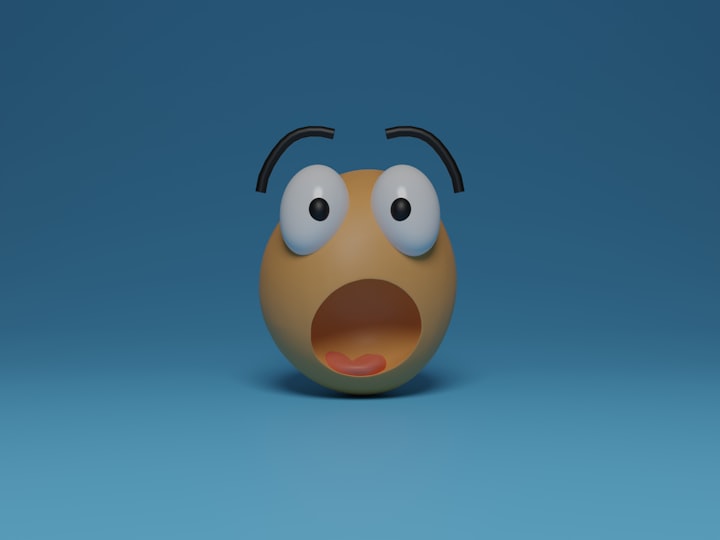
I have never been of the opinion that love can be restricted to that between two people of the opposite sex. Rather, it can embrace love of all kinds and all who consent to involve themselves with the practice. Even if, as can often be the circumstances, the love goes one way alone.
The often misunderstood culture known as “fandom” has always been a kind of love of the first order. People who are willing and able to involve themselves with fictional worlds and people to the degree that they appear, to them, to be tantalizingly real, and much more enjoyable, in a social and moral fashion, than the “real” world they are condemned to exist in, are unquestionably showing their love. Especially if this love for all things fictional happens to impact, both positively and negatively, on how they choose to inhabit their own world.
I am speaking from experience as a nearly life-long fan of a particular type of fictional world making- and one concerned for what the threats to it might mean to its future existence- and to mine.
I am a member of an exceedingly small group of people- one that truly appreciates the majesty and beauty of animation produced for consumption on television primarily or exclusively. It has always been a small and under-considered minority of people, but not more so than now.
My generation was the first- and the last- to have television firmly at the center of our media universe, for better or worse. We came, through its influence, to appreciate how stories were told, how characters were constructed, and, in particular, how morality dominated our world much more than it does now. In my case, a great deal of this was shaped by my consumption of animation, a fantastic medium where it seemed anything was possible, and many more just and spectacular universes existed than the one I knew.
We had a universal meeting point for this in the culture formed from the ghettoization of animation on Saturday mornings. This centralization made it clear to us that these animated programs were meant for ourselves alone, and not to be shared with others, least of all our parents.
That had its advantages, but also its drawbacks. Until the last decade of the twentieth century made it truly possible for animation to exist on television outside of the sparse and rare areas dictated for it to exist by the American television networks, it was a third-class citizen among the genres of television, subjected to extremely unfair and ridiculous over-censorship, ridiculed and marginalized by those with only minimal knowledge of it, but positions of power that allowed them to lord over those who were its masters, and only rarely thought of beyond those few who truly saw and appreciated its gifts.
For a while, in the 1990s and 2000s, it seemed, that biased prejudice seemed to have been overcome by a series of brilliant programs, led by the seemingly indestructible Simpsons, which redefined television animation’s standards to those equal and even superior to those of its live-action contemporaries. The sexist internal politics and ham-strung attempts at “comedy” and “action” which limited the achievements of earlier series were shattered, and we had an entirely new genre, one unafraid of presenting controversial ideas if it suited their narratives, and giving birth to many outstanding new additions to North America’s fictional roll-call.
Yet, in the 2010s, these achievements were derailed. It came about as part of the mainstream television industry’s inability to fully adapt to the changes wrought to the programming landscape by the upstart streaming industry, led by giant-killer extraordinaire Netflix. One consequence of this was the increasing debasement of the one entity which had once been solely devoted to animation on the cable spectrum- Cartoon Network.
Rather than the previously inviolable standard of half-hour programs, this provider has shamelessly provided its recent productions in the far more abbreviated format of 15 minutes per segment only, placing the microsecond attention span of Internet viewers ahead of the more passionate and secure followers of the programs on television. More than that, they had the audacity to do a “reboot” of one of their greatest achievements of the past- The Powerpuff Girls- and act regarding it as if the audience who had appreciated the original version were simply their servants, who would dutifully support the concept solely on their loyalty to the show’s “brand”. It doesn’t work that way, you idiots. Particularly if you don’t even involve the man who allowed you to have a “brand” to exploit in the first place!
Cartoon Network’s principal rivals, Disney and Nickelodeon, have, in contrast, remained steadfast in their loyalty to the half-hour format. But even they drop the ball once in a while when it comes to maintaining the all-mighty goal of high ratings and profitability. Disney, for instance, showed its ignorance by dropping one of the most amazing shows of the 2010s, Wander Over Yonder (created, pointedly, by the same man who dreamed up the Powerpuff Girls), while Nickelodeon’s head was in the sand when it punted the equally brilliant Pig Goat Banana Cricket. And yet these providers have let a considerable number of inferior animated and live-action series live, simply because they are more profitable for them.
Classic television animation programs are rare jewels that deserve to be admired as the works of art they are. Unfortunately, those who underwrite them financially seem not to understand this. And we who appreciate them are the ones who, unfortunately, suffer the most due to their negligence.
If that kind of mistreatment makes you wonder what happened to the thing you loved so much that the greatest minds in the field cannot fairly accomplish their goals in peace, I don’t know what does. But it doesn’t stop me from loving what has been so miraculously accomplished by television animation in the past- and hoping for better times in the future.
Because you can never give up on something you love if it keeps giving you new chances to love it all over again, every year.
As television animation will likely always do for me. Which is why I still love it.
About the Creator
David Perlmutter
David Perlmutter is a freelance writer based in Winnipeg, Canada. He has published two books on the history of animation in North America and many pieces of speculative fiction.






Comments
There are no comments for this story
Be the first to respond and start the conversation.